15 Passport Rules From The Past That Sound Completely Made Up Today
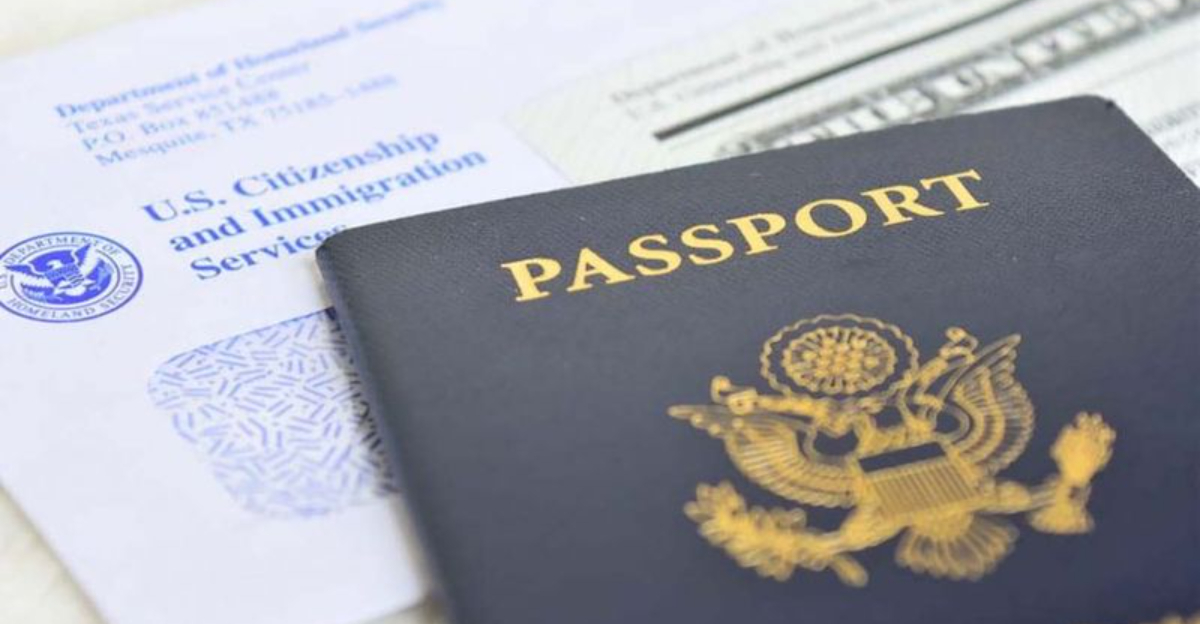
Remember when traveling was an entirely different adventure? While cleaning out my grandmother’s attic, I stumbled upon a true treasure—her old passport. And let me tell you, it was like opening a time capsule from a completely different era of international travel.
Forget TSA lines and digital check-ins; back then, passports looked more like personal dossiers than sleek ID booklets. Optional photographs? Check. Detailed physical descriptions that read more like police reports? Absolutely.
Eye color, complexion, even the shape of your nose—nothing was off-limits! These quirky and sometimes head-scratching regulations paint a fascinating picture of how travel documentation has evolved over time.
Today’s streamlined passports might be more secure and efficient, but they definitely lack the old-school charm (and eyebrow-raising details) of their predecessors. So buckle up as we flip through the pages of history and discover just how far we’ve come in the world of jet-setting.
1. Family Portraits Instead of Individual Photos
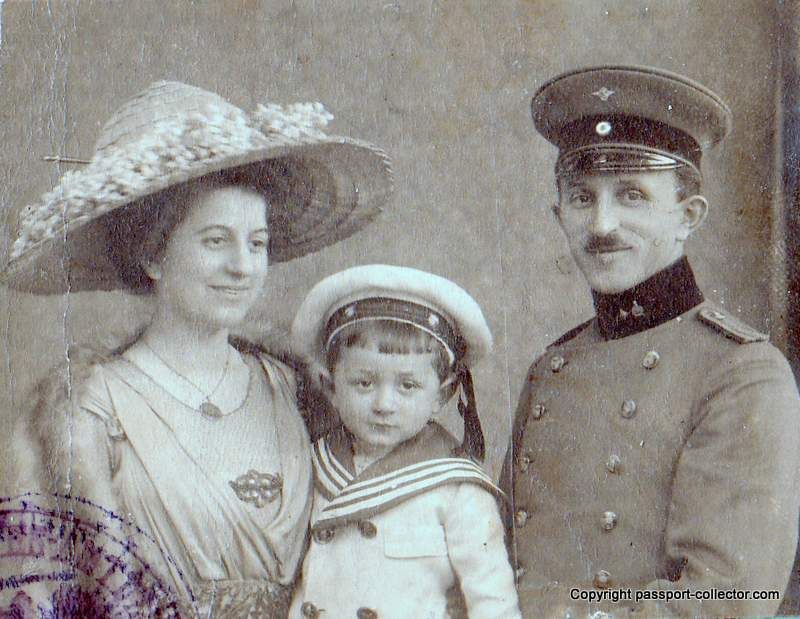
Imagine squeezing your entire family into one passport photo! Back in the early 1900s, I would have been crammed alongside my siblings and parents in a single image. Sir Arthur Conan Doyle’s 1915 passport famously featured him, his wife, and two sons all seated in a dog cart – talk about a family affair!
Passport officials only required that each family member’s face be clearly visible in the shot. No need for individual documentation or separate travel papers for the kids. Mom and Dad simply carried one document that covered everyone. The logistics of getting everyone to look decent simultaneously must have been a nightmare, though.
This practice continued well into the mid-20th century before security concerns prompted a shift toward individual identification. I can’t help but chuckle imagining modern families trying to wrangle toddlers and teens into one perfect passport shot. The photographer would need the patience of a saint! This charming practice reflects a simpler time when international travel was less about security protocols and more about documenting your journey.
2. Detailed Physical Descriptions Instead of Biometrics
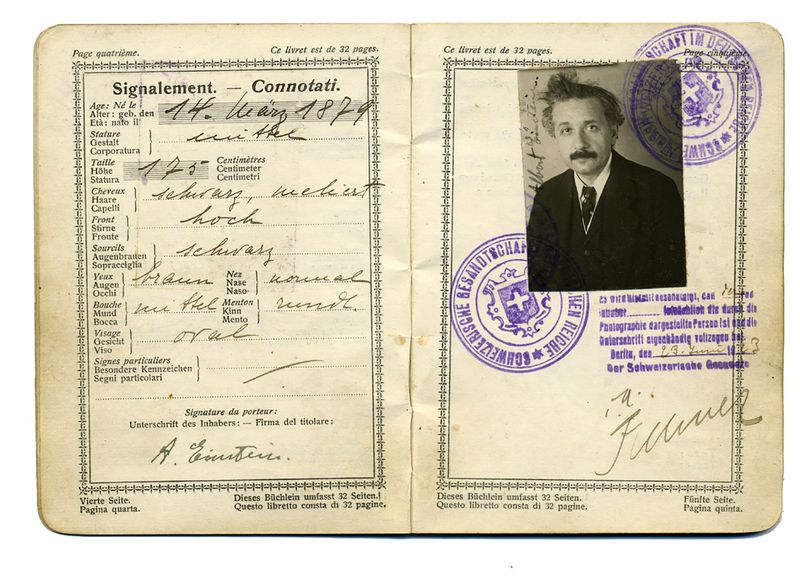
My jaw dropped when I read what used to pass for identification on passports. Before photographs became standardized, officials relied on absurdly detailed written descriptions of travelers’ physical appearances. A typical 1915 British passport might note: “Forehead: broad. Nose: large. Eyes: small. Face: oval. Complexion: ruddy. Hair: brown with touches of gray.”
These descriptions went beyond basics, sometimes commenting on the shape of your ears or the prominence of your chin! I can only imagine the awkward moment when a border agent squinted at your face, comparing your actual nose to whatever subjective assessment some clerk had written months earlier.
The worst part? These descriptions often veered into racial stereotyping or judgmental territory. What one official might call an “intelligent forehead,” another might describe as “severe.” The whole system relied on subjective human observation rather than the biometric data we use today. Thankfully, standardized photos eventually replaced these uncomfortable written portraits, though I sometimes wonder if having “cheerful appearance” in my official documentation might have helped me breeze through customs more easily than my current passport photo!
3. No Smiling Allowed in Photos
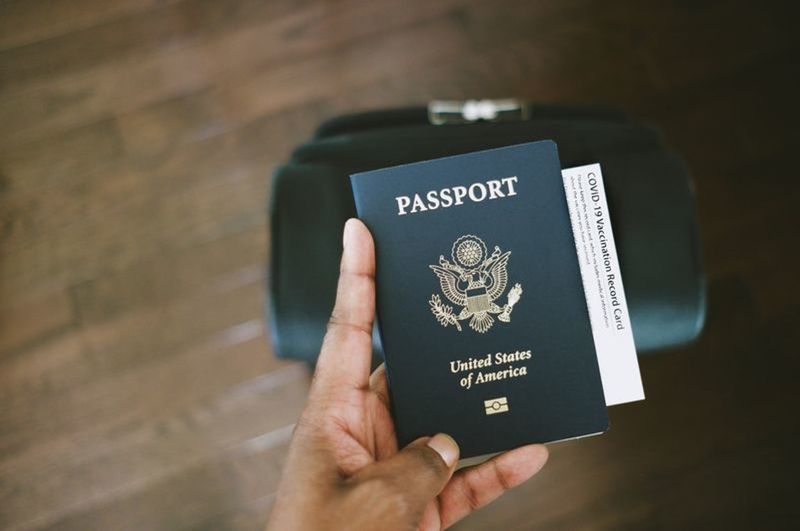
Passport photos weren’t always the somber, mugshot-like images we’re forced to submit today. Would you believe I once had a passport with me grinning from ear to ear? Prior to 2004, travelers could flash their pearly whites with abandon in official travel documents.
All that changed when facial recognition technology became standard in border security. The algorithms struggled to accurately match smiling faces with neutral expressions in real-time scans. Suddenly, my natural instinct to smile for the camera became a security threat! The UK officially banned smiles, along with long fringes and most head coverings, to improve the accuracy of these systems.
I still remember the photographer at my renewal appointment repeatedly telling me to look “less happy” as I struggled to maintain the perfect blank expression. Not too sad, not too stern, just… nothing. The rules created this bizarre phenomenon where millions of travelers worldwide suddenly looked like they were posing for Victorian-era portraits. Next time you’re frustrated by the no-smile rule, just remember – your expressionless face is actually helping sophisticated computer systems keep international travel safe and efficient.
4. Passport Validity Could Last Decades

Pop quiz: how long do you think a passport used to be valid for? Five years? Ten? Try a lifetime! Until the 1920s, many countries issued passports that never expired. My great-grandfather traveled on the same document for over 30 years – imagine never dealing with renewal paperwork!
These eternal passports created quite the identification challenge. Picture a border agent comparing a 60-year-old traveler to a photo taken in their 20s! Eventually, countries began limiting validity periods, but even then, durations were generous by today’s standards. The UK issued passports valid for a whopping 10 years to adults and 5 years to children until fairly recently.
The shift to shorter validity periods came with advancing technology and security concerns. Biometric features, embedded chips, and sophisticated anti-counterfeiting measures now require regular document updates. While I sometimes grumble about renewal fees, I appreciate the security benefits. Still, there’s something wonderfully romantic about those vintage lifetime passports – dog-eared and stamp-filled, telling the story of a lifetime of adventures across borders that were once far easier to cross. Maybe we lost a bit of that travel magic when passports became high-tech security documents.
5. Marital Status Determined Travel Rights

Ladies, prepare to be outraged! Until surprisingly recently, a woman’s ability to travel freely hinged entirely on her marital status. My grandmother couldn’t apply for her own passport without her husband’s permission until the 1970s in some countries. Married women were often listed as dependents on their husbands’ passports rather than having independent travel documents.
The situation for single women wasn’t much better. Many countries required unmarried women to provide letters of permission from their fathers or other male relatives before issuing passports. Some nations even imposed age restrictions, denying passports to young, single women altogether out of supposedly moral concerns about unaccompanied female travelers.
I stumbled across my grandmother’s first independent passport recently. She got it at age 49 after decades of traveling under my grandfather’s documentation. The pride on her face in that passport photo speaks volumes! These gendered restrictions gradually disappeared through the mid-20th century, though some countries maintained versions of these policies into the 1980s. The freedom to travel independently, regardless of gender or marital status, is a relatively recent development that I’ll never take for granted when planning my solo adventures.
6. Children Listed as Parental Property

I recently discovered something shocking while researching my family history. On my grandfather’s 1930s passport, my father and his siblings weren’t listed as family members – they were categorized as “property” of their parent! This wasn’t some clerical error or one-off mistake. Many countries officially designated children as parental property on travel documents well into the mid-20th century.
This classification had practical implications beyond the odd terminology. Children didn’t need their own passports or photos. They could cross international borders with minimal documentation, often just a mention of their existence on a parent’s papers. My grandmother told me stories of traveling with three children under the age of ten, all listed as her “property” with only their names and birth years noted.
The shift toward individual documentation for children came gradually, driven by growing concerns about child trafficking and international custody disputes. Today’s requirement for children to have their own passports with biometric data would seem absurdly excessive to travelers of previous generations. While modern regulations create headaches for traveling families, they’ve helped combat child abduction across borders. Still, I can’t help but chuckle at the thought of my strict father once being officially listed as someone’s “property” on a government document!
7. Occupation Requirements for Approval
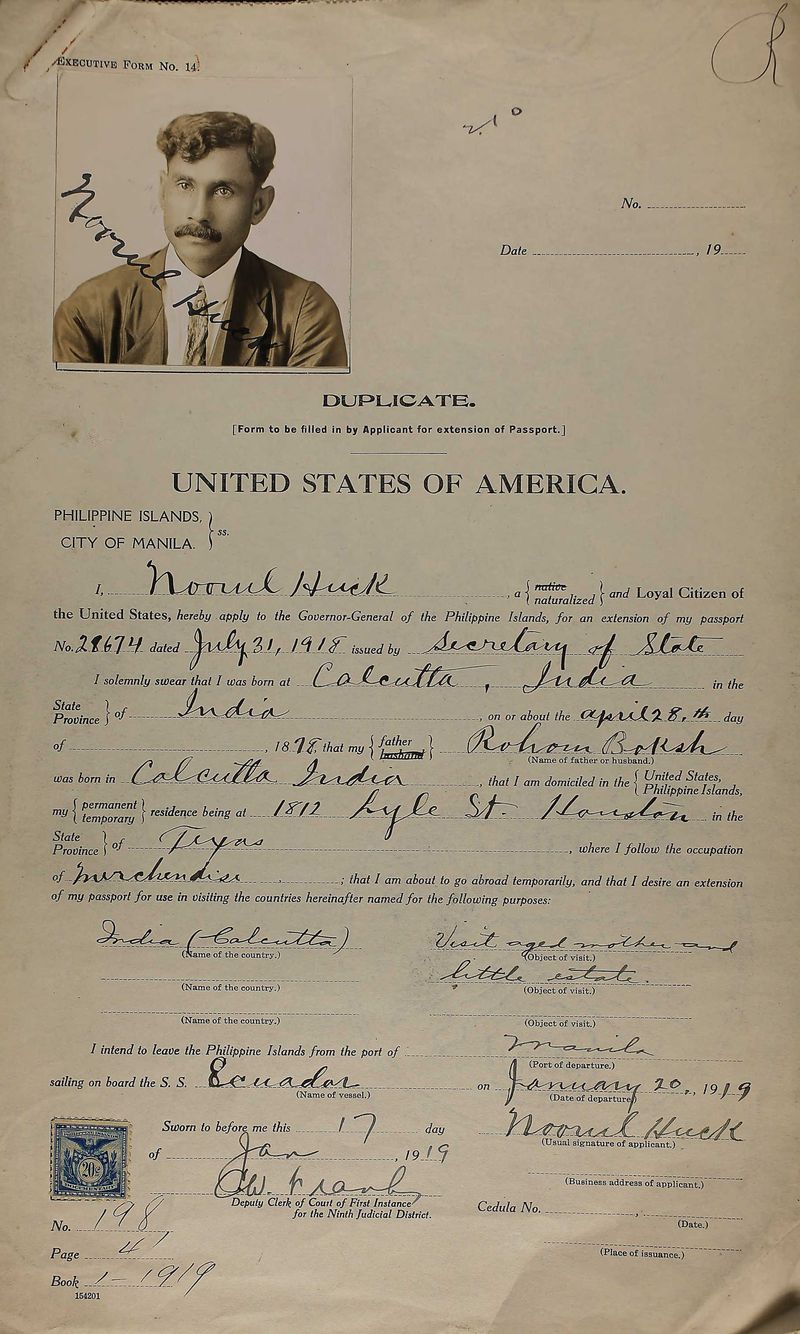
Would your job have qualified you for a passport in the past? I was floored to learn that many countries once restricted passport issuance based on occupation! In the early 20th century, you practically needed to be a diplomat, merchant, or member of the social elite to justify international travel.
My great-grandfather, a carpenter, was initially denied a passport in 1912 because officials deemed his profession “insufficient reason for foreign travel.” He eventually secured one by claiming he needed to study European woodworking techniques – essentially inventing a business purpose for his family vacation! Ordinary workers, especially those in manual trades, faced steep hurdles when applying for travel documents.
The logic behind this classist system was that international travel served diplomatic, commercial, or educational purposes – not leisure. Working-class people supposedly had no legitimate reason to cross borders. These restrictions gradually eased after World War II as commercial air travel expanded and tourism became recognized as an economic driver. Next time I grumble about passport application fees, I’ll remember that at least my job as a teacher doesn’t disqualify me from seeing the world! The democratization of international travel represents one of the greatest social changes of the modern era.
8. Personality Assessment Questions

Imagine being denied a passport because an official thought you seemed “nervous” or “suspicious”! In the early to mid-20th century, passport applicants in many countries faced bizarre personality assessments as part of the application process. My grandfather’s 1938 application included questions about his temperament, political leanings, and even his “moral character.”
These evaluations weren’t standardized tests but subjective interviews conducted by government officials. An applicant deemed too “excitable” or “unreliable” could be rejected outright! My history professor shared a remarkable story about her grandmother who was initially denied a passport because the interviewer thought her “too independent in spirit” to represent her country abroad – a criticism that later became a family point of pride.
The Cold War intensified these character assessments, with officials screening for potential defectors or those with communist sympathies. Religious beliefs, sexual orientation, and social connections could all factor into whether you were considered a proper representative of your nation while abroad. These invasive personality screenings gradually disappeared as travel became more commercialized and countries recognized the economic benefits of tourism. Today’s passport application process – while still bureaucratically frustrating – at least doesn’t involve government agents evaluating whether you seem trustworthy enough to visit Paris!
9. Religious Affiliation Requirements
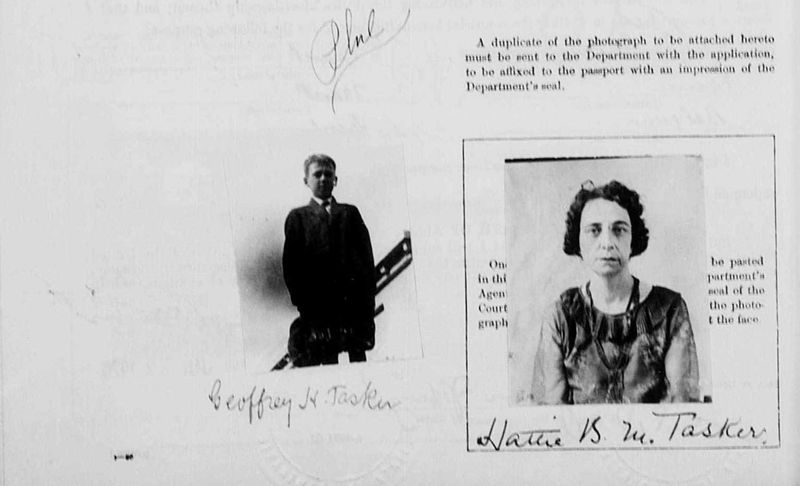
“Protestant, Catholic, or Jewish?” This wasn’t just casual conversation – it was an official question on many passport applications until surprisingly recently! When sorting through my family’s documents, I discovered my grandmother’s 1952 passport application required her to declare her religious affiliation, complete with verification from her local church.
This practice wasn’t merely for statistical purposes. Religious information often determined which countries would grant you entry and how you’d be treated upon arrival. Some nations outright banned travelers of certain faiths or required special permits. My Jewish neighbor shared stories of his parents having to hide their religion when traveling to certain countries in the 1950s, with officials sometimes specifically checking passports for religious markers.
Beyond official restrictions, religious designations exposed travelers to discrimination at borders. Customs officials might subject certain religious groups to additional scrutiny or questioning. The practice of requiring religious identification on travel documents gradually disappeared in Western countries through the 1960s and 70s as religious freedom protections expanded. Today, the idea of declaring your faith for passport approval seems like a clear violation of privacy and civil liberties, yet it was standard procedure within living memory. Religious freedom in travel is something I’ll never take for granted!
10. Political Affiliation Screening
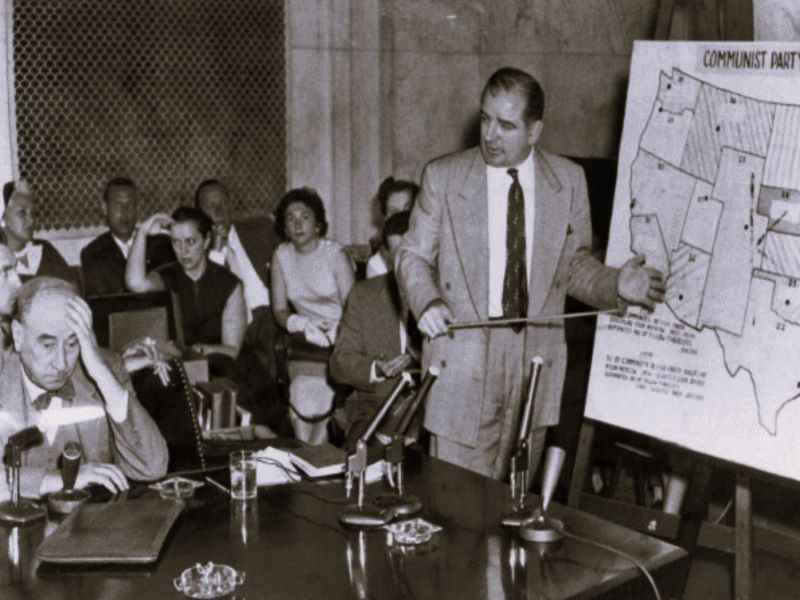
“Have you ever been a member of the Communist Party?” This wasn’t a casual conversation starter but a mandatory question on U.S. passport applications during the Cold War era! My uncle, a college professor with liberal leanings, had his 1957 passport application flagged for “additional review” after mentioning he’d attended a peace rally the previous year.
Political screening for travel documents reached peak intensity during the McCarthy era. Applicants with even tangential connections to leftist organizations faced extra scrutiny, delays, or outright denials. The government maintained actual blacklists of Americans deemed politically unsuitable for international travel.
Some citizens had their passports revoked while abroad, effectively stranding them in foreign countries!
The Supreme Court eventually curtailed the most extreme versions of political passport restrictions in the landmark 1958 Kent v. Dulles case, ruling that the right to travel couldn’t be restricted based on political beliefs. However, various forms of political screening persisted well into the 1960s. When I complained about the fingerprinting process at my last passport renewal, my father reminded me that at least nobody questioned my voting record or political donations! While today’s security concerns create different challenges for travelers, the freedom to travel regardless of political viewpoint represents significant progress in civil liberties.
11. Race Classification Requirements
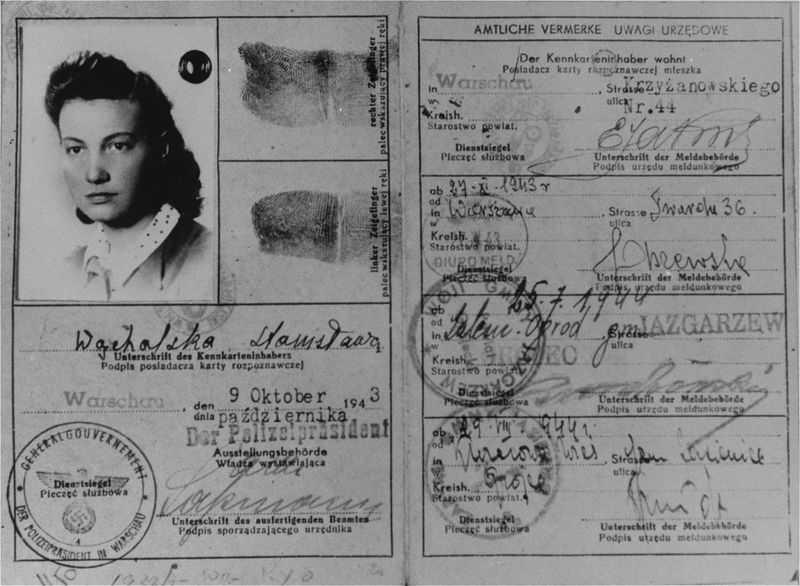
The most shocking discovery in my family’s old passports was the prominent “RACE” field stamped on every document. My grandfather’s 1923 passport boldly classified him as “Caucasian” in large type – not hidden in fine print but featured prominently as a primary identifier. This wasn’t just an American practice; numerous countries explicitly categorized travelers by race until surprisingly recently.
These racial designations weren’t merely administrative. They determined which immigration lines you entered, which accommodations you could access, and sometimes which countries would admit you at all. My colleague’s grandfather, a Filipino-American physician, carried a passport marking him as “Oriental” until the 1960s, limiting his travel options despite his American citizenship and professional status.
The practice of racial classification on passports gradually disappeared in most Western countries through the civil rights era, though some nations maintained racial identifiers into the 1980s. When I mentioned this history during a recent dinner party, several friends expressed shock that such explicitly discriminatory practices existed within their parents’ lifetimes. While modern passports have eliminated overt racial categories, the legacy of these classifications reminds us how recently international travel operated under explicitly discriminatory systems. Freedom of movement regardless of racial background represents hard-won progress worth celebrating and protecting.
12. Height and Weight Verification
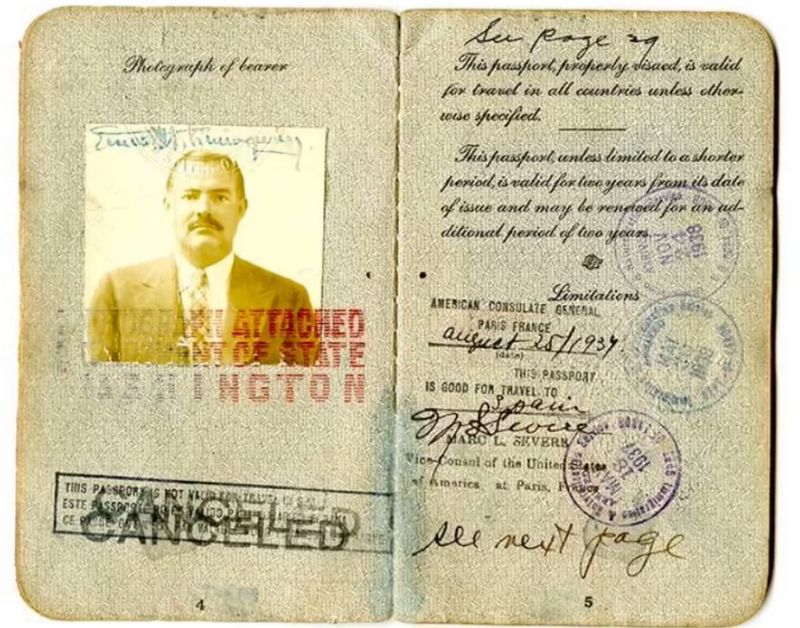
“Step on the scale, please.” I laughed when my grandmother told me about her 1940s passport application experience, where officials actually measured and weighed applicants on the spot! Passport offices maintained scales and height charts, and clerks would record your measurements with bureaucratic precision.
This wasn’t just about accurate identification. Officials would compare your stated measurements against their own assessment, and discrepancies could trigger suspicion of fraud or identity concerns. My grandmother, always conscious of her weight, admitted to shaving off a few pounds on her application – only to face the embarrassment of a government official announcing her actual weight loud enough for the entire office to hear!
Beyond the mortification factor, these physical verifications created genuine barriers. Applicants with disabilities or mobility issues faced additional scrutiny when measurement procedures proved difficult. The practice gradually disappeared as photograph technology improved and biometric identification methods developed. While today’s passport photos might not be flattering, at least we’re spared the indignity of government-mandated weigh-ins! These physical verification requirements remind us how invasive identification procedures once were, making me grateful that modern security methods focus more on facial recognition and fingerprints than body measurements.
13. Fingerprints Required Only for Criminals
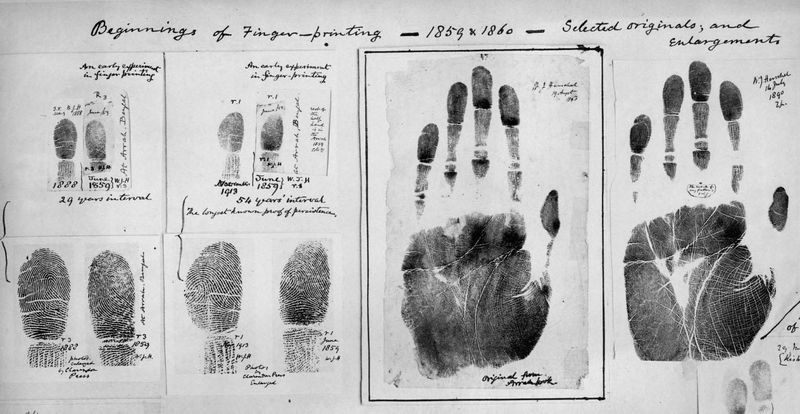
The first time I had my fingerprints taken for a passport renewal, my grandmother was horrified! “In my day, only criminals got fingerprinted,” she exclaimed. She wasn’t exaggerating – for much of the 20th century, fingerprinting carried a powerful stigma of criminality and was reserved almost exclusively for law enforcement purposes.
When some countries began introducing fingerprinting for passport applications in the mid-20th century, public backlash was intense. Many citizens viewed it as criminalizing international travel and an invasion of privacy. My grandfather, a respected accountant, reportedly refused his first passport in 1952 rather than submit to fingerprinting, which he considered deeply humiliating and inappropriate for a law-abiding citizen.
The normalization of fingerprinting for identification purposes represents one of the most significant shifts in public attitudes toward biometric data. What once signified criminal processing has become routine administrative procedure.
Today, I think nothing of pressing my fingers against a scanner for my passport, driver’s license, or even to unlock my smartphone! This transformation from stigmatized law enforcement technique to everyday identification method happened within a single generation. While we readily accept biometric identification now, it’s worth remembering how recently such practices were considered inappropriate governmental overreach.
14. Medical Examinations for Travelers
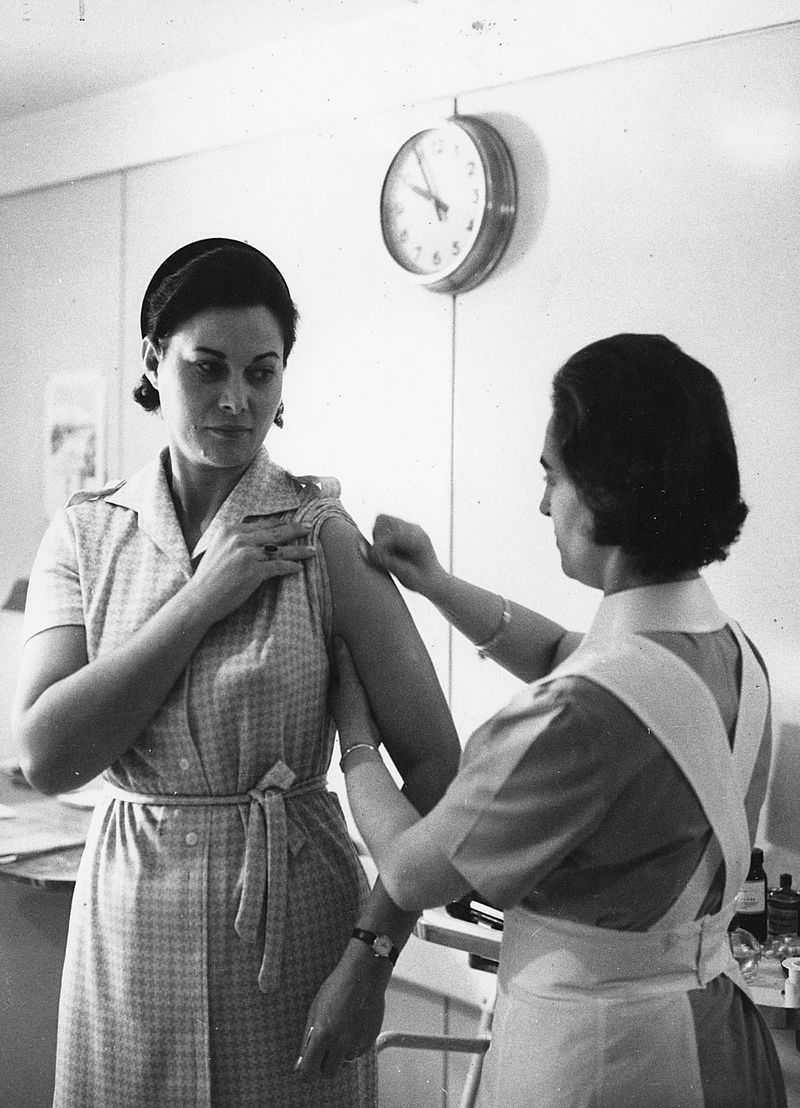
“Open wide and say ‘ahhh’!” No, this wasn’t a regular doctor’s visit – it was part of the passport application process in many countries until the mid-20th century! When my great-aunt applied for her first passport in 1938, she underwent a mandatory medical examination including chest X-rays, blood tests, and a thorough physical assessment.
These medical screenings weren’t just formalities. Applicants could be denied travel documents based on health conditions ranging from tuberculosis to psychiatric diagnoses. My professor shared a disturbing family story about her grandmother being rejected for a passport in the 1940s after a doctor noted her “nervous disposition” – likely what we’d now recognize as anxiety.
The practice stemmed from both public health concerns and more problematic eugenic ideologies of the era. Countries wanted to prevent the spread of infectious diseases but also often sought to control which “types” of citizens represented them abroad. Medical requirements created particular hardships for travelers with disabilities or chronic conditions.
While modern travelers may face health screenings when entering certain countries, the idea of your home government conducting medical exams before allowing you to travel seems bizarrely invasive today. This shift represents significant progress in recognizing travel as a right rather than a privilege granted only to those deemed physically “suitable.”
15. Marriage Permission for Female Travelers
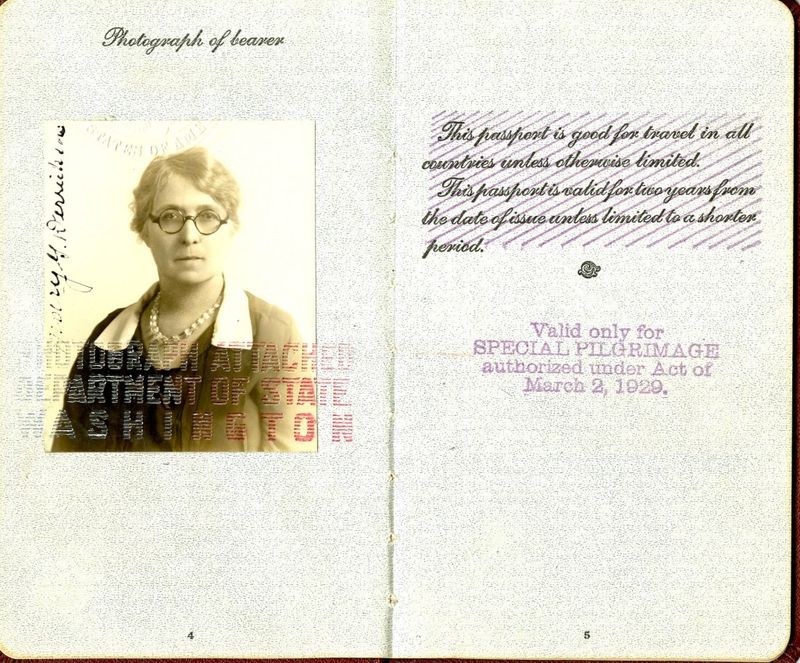
“Where is your husband’s letter of permission?” This wasn’t an outdated joke but a genuine question posed to married women seeking passports well into the 20th century! My grandmother needed my grandfather’s signed authorization to obtain her first passport in 1952, despite being a college-educated professional in her own right.
The restrictions went beyond mere paperwork. In some countries, married women couldn’t legally apply for passports without spousal consent until the 1970s. Single women often faced different but equally restrictive requirements, sometimes needing permission from fathers or brothers. My aunt, a fiercely independent businesswoman who never married, recalled having to provide a letter from her employer justifying her need to travel for work in the 1960s – a requirement her male colleagues never faced.
These gendered travel restrictions reflected broader legal limitations on women’s independence. In many jurisdictions, married women couldn’t open bank accounts, sign contracts, or establish credit without male approval until surprisingly recently. The freedom for women to travel independently, regardless of marital status, represents a relatively recent development in passport history. Next time I renew my passport without anyone’s permission but my own, I’ll silently thank the women who fought to dismantle these restrictive systems that once treated female travelers as perpetual dependents requiring male supervision.
